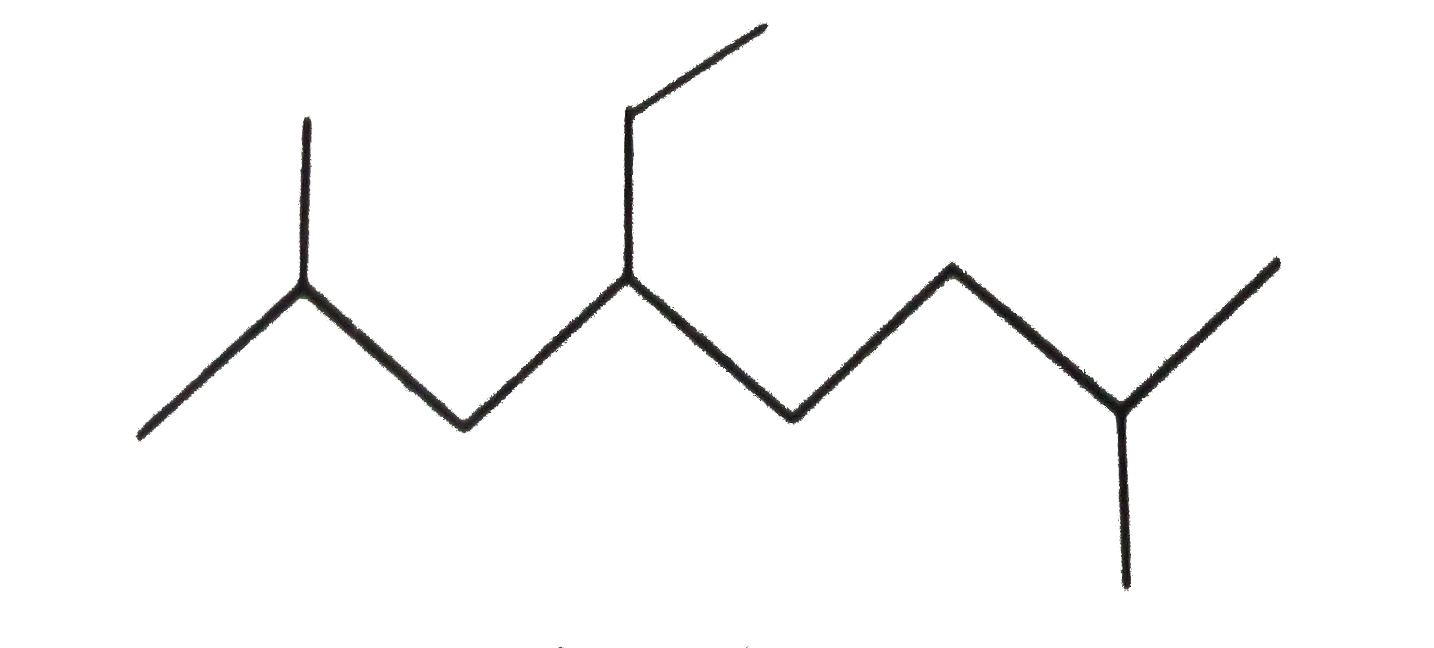Exnzyme concerned with the transfer of electrons is
oxidoreductases
cytochrome oxidase
dehydrogenase
all of these
The correct Answer is:D
To solve the question regarding the enzyme concerned with the transfer of electrons, we can follow these steps:
1. Understand the Question: The question asks for the type of enzyme that is involved in the transfer of electrons.
2. Know the Types of Enzymes: Enzymes are classified into six main categories based on the type of reaction they catalyze:
- Oxidoreductases
- Transferases
- Hydrolases
- Lyases
- Isomerases
- Ligases
3. Identify the Relevant Class: Among these categories, oxidoreductases are the enzymes that specifically catalyze the transfer of electrons. This includes reactions where oxidation and reduction occur.
4. Examples of Oxidoreductases: Some common examples of oxidoreductases include:
- Dehydrogenases: These enzymes facilitate the removal of hydrogen (and thus electrons) from substrates.
- Cytochrome oxidase: This enzyme plays a crucial role in the electron transport chain and is involved in the transfer of electrons.
5. Select the Correct Answer: The question provides options: oxidoreductase, cytochrome oxidase, dehydrogenase, and all of these. Since both dehydrogenases and cytochrome oxidase fall under the category of oxidoreductases, the correct answer is "all of these."
Final Answer:
The enzyme concerned with the transfer of electrons is all of these (oxidoreductase, cytochrome oxidase, and dehydrogenase).
---
- Oxidoreductases
- Transferases
- Hydrolases
- Lyases
- Isomerases
- Ligases
- Dehydrogenases: These enzymes facilitate the removal of hydrogen (and thus electrons) from substrates.
- Cytochrome oxidase: This enzyme plays a crucial role in the electron transport chain and is involved in the transfer of electrons.
The enzyme concerned with the transfer of electrons is all of these (oxidoreductase, cytochrome oxidase, and dehydrogenase).
Topper's Solved these Questions
- ANIMAL TISSUES BOOK - TRUEMEN BIOLOGY ENGLISHCHAPTER - ANIMAL TISSUES EXERCISE - MULTIPLE CHOICE QUESTIONS
193 Videos
- CELL- THE BASIC UNIT OF LIFE ( CELL AND ITS STRUCTURAL ORGANISATION )BOOK - TRUEMEN BIOLOGY ENGLISHCHAPTER - CELL- THE BASIC UNIT OF LIFE ( CELL AND ITS STRUCTURAL ORGANISATION )EXERCISE - MULTIPLE CHOICE ANSWER TYPE
308 Videos
Similar Questions
Which enzyme is concerned with transfer of electrons?
View SolutionSER is concerned with
View SolutionTorus is concerned with
View SolutionBiology is concerned with
View SolutionThe resonance effect is defined as 'the polarity produced in the molecule by the interaction of two π-bonds or between a π-bond and lone pair of electrons present on an adjacentatom.' The effect is transmitted through the chain.
In positive resonance effect, the transfer of electrons is away from an atom or substituent group attached to the conjugated system. This electron displacement makes certain positions in the molecule of high electron densities. In negative resonance effect, the transfer of electrons is towards the atom or substituent group attached to the conjugated system.
Which of the following does not show resonance effect ?
View SolutionThe resonance effect is defined as 'the polarity produced in the molecule by the interaction of two π-bonds or between a π-bond and lone pair of electrons present on an adjacentatom.' The effect is transmitted through the chain.
In positive resonance effect, the transfer of electrons is away from an atom or substituent group attached to the conjugated system. This electron displacement makes certain positions in the molecule of high electron densities. In negative resonance effect, the transfer of electrons is towards the atom or substituent group attached to the conjugated system.
Which of the following shows +M effect ?
View SolutionThe resonance effect is defined as 'the polarity produced in the molecule by the interaction of two π-bonds or between a π-bond and lone pair of electrons present on an adjacentatom.' The effect is transmitted through the chain.
In positive resonance effect, the transfer of electrons is away from an atom or substituent group attached to the conjugated system. This electron displacement makes certain positions in the molecule of high electron densities. In negative resonance effect, the transfer of electrons is towards the atom or substituent group attached to the conjugated system.
Which of the following carboxylate ions is the most stable ?
View SolutionThe resonance effect is defined as 'the polarity produced in the molecule by the interaction of two π-bonds or between a π-bond and lone pair of electrons present on an adjacentatom.' The effect is transmitted through the chain.
In positive resonance effect, the transfer of electrons is away from an atom or substituent group attached to the conjugated system. This electron displacement makes certain positions in the molecule of high electron densities. In negative resonance effect, the transfer of electrons is towards the atom or substituent group attached to the conjugated system.
What is the IUPAC name for :

View SolutionThe resonance effect is defined as 'the polarity produced in the molecule by the interaction of two π-bonds or between a π-bond and lone pair of electrons present on an adjacentatom.' The effect is transmitted through the chain.
In positive resonance effect, the transfer of electrons is away from an atom or substituent group attached to the conjugated system. This electron displacement makes certain positions in the molecule of high electron densities. In negative resonance effect, the transfer of electrons is towards the atom or substituent group attached to the conjugated system.
Which of the following intermediates is pyramidal in shape ?
View SolutionThe resonance effect is defined as 'the polarity produced in the molecule by the interaction of two π-bonds or between a π-bond and lone pair of electrons present on an adjacent atom.' The effect is transmitted through the chain.
In positive resonance effect, the transfer of electrons is away from an atom or substituent group attached to the conjugated system. This electron displacement makes certain positions in the molecule of high electron densities. In negative resonance effect, the transfer of electrons is towards the atom or substituent group attached to the conjugated system.
Which of the following free radicals is the most stable ?
View Solution
